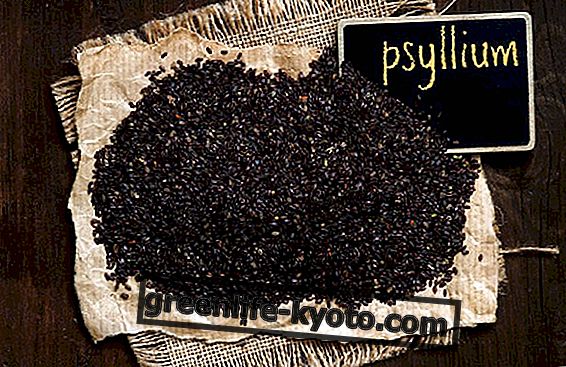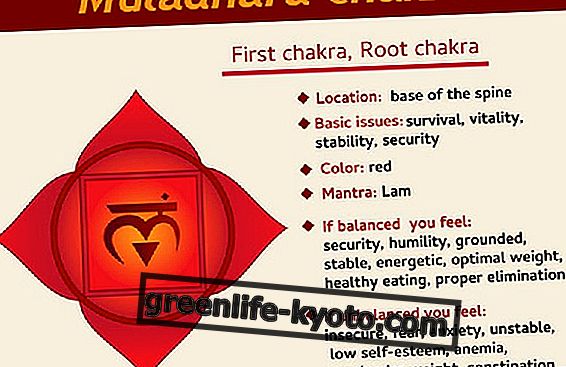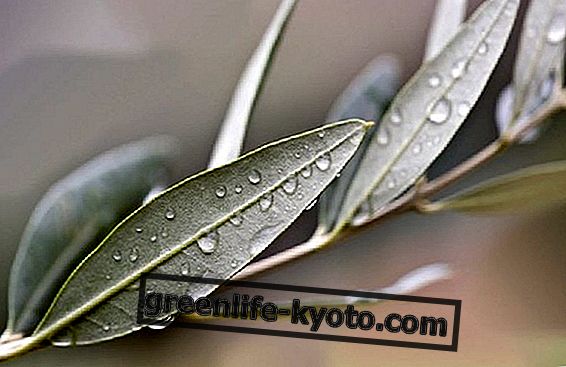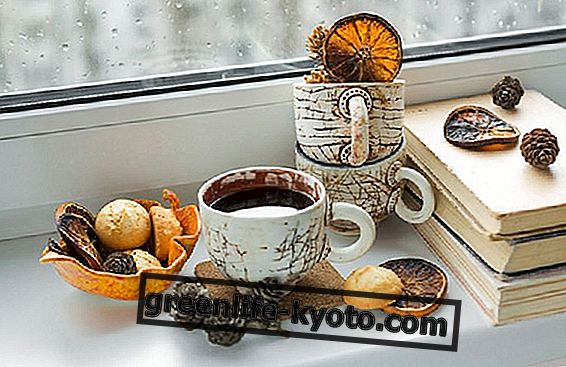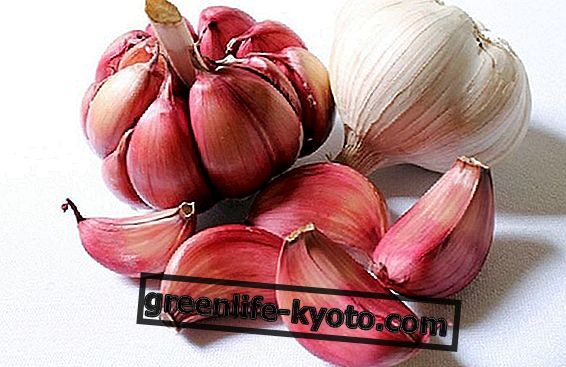Kalium Chloratum is a homeopathic remedy obtained from potassium chloride useful for colds, swellings and skin disorders. Let's find out better.
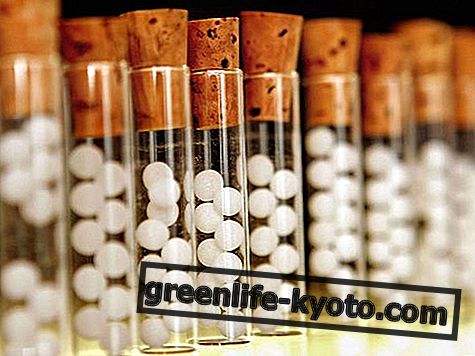
Description of Kalium Chloratum
Kalium Chloratum or even Kalium Muriaticum is potassium chloride (chemical formula KCl), ie it is the potassium salt of hydrochloric acid. At room temperature it looks like a white crystalline powder.
The homeopathic remedy Kalium Chloratum is obtained by triturating potassium chloride with lactose and subsequent dilutions and dynamizations in a water-alcohol solution. The potassium chloride mineral salt is found in almost all the cells of the body and is particularly abundant in the cells of the brain, nerves, muscles and red blood cells. Regulates the formation of fibrin, which is the protein responsible for the blood clotting process.
When the cells lose potassium chloride as a result of an imbalance due to disease, the fibrin comes to the surface assuming the appearance of a white mass, therefore a floury secretion is an indication of lack of potassium chloride. A lack of potassium causes muscle weakness, arrhythmias. While excess potassium causes fatigue, muscle cramps, hypotension, cardiac arrest.
When using Kalium Chloratum
The homeopathic remedy Kalium chloratum is a turberculin remedy, useful in the second stage of an inflammatory process. It is also used in chronic diarrhea, vaginal discharge and in some forms of dermatitis. In summary, the homeopathic remedy Kalium chloratum is particularly effective in all cases of swelling and catarrhal state that follow an acute inflammation.
Here, in fact, is used in general:
- swelling and swelling caused by inflammation, particularly in cases of swollen glands, for example in swollen tonsils. It is also used in joint swelling due to arthrosis or joint rheumatism, together with a diet low in acid
- cold with whitish or grayish-white and dense mucus, temporary deafness, pharyngitis, laryngitis, tracheitis, hoarseness
- otitis, painful inflammation of the ear
- eye problems, cataracts, conjunctivitis, glaucoma, stye
- skin disorders such as acne, dermatosis, psoriasis, warts, rashes, blackheads, chilblains, hives, cold sores, boils, dandruff
- disorders of muscles, nerves, cartilage
- intoxication, liver disorders, enlarged liver, cirrhosis, chronic diarrhea
Discover also the foods that contain potassium: click here!
Doses and administration
In all cases 15CH dilution, 3 granules 3 times a day.
To whom Kalium Chloratum is recommended
The subject Kalium chloratum has a milky-white color, has the whitish root of the tongue. The stools are very clear and suffer from constipation.
Appetite is reduced and dizzy. He never breaks the rules, he doesn't compromise, he doesn't know the middle ways, he fears all that he can't control, diseases, the future.
The people who need the remedy are excellent advisors, they always manage to provide wise and judicious suggestions, only with themselves does all this not work . Indolent, silent, restless, they are indifferent to any pleasure.

